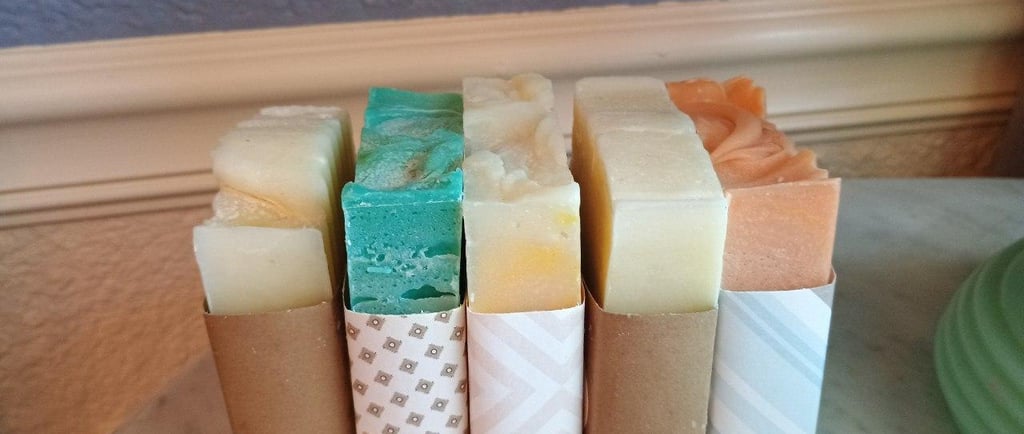The Role of Lye in Soap Making: Demystifying Common Myths
6/2/20252 min read


Understanding the Basics of Soap Production
Soap making is an ancient craft that has provided countless benefits throughout history. A common misconception about soap is that it contains lye in its final form. In reality, all soap is made with lye, yet true soap does not retain any of this caustic substance upon completion of the manufacturing process. When one delves into the chemistry of soap, they will find that lye is a crucial ingredient, but its role shifts dramatically during production.
The Chemical Process of Saponification
The process of saponification is where the wonder of soap making truly occurs. This chemical reaction involves the combination of fats or oils with lye. As the fatty acids react with the lye, they undergo significant transformations, ultimately resulting in the formation of soap molecules and glycerin.
Once the saponification process is complete, the lye gets entirely consumed and neutralized. This means that the final product, whether it is a handcrafted bar or a commercial soap, does not contain any remaining lye. Thus lye soap is all soap and not a reason to worry.
Why This Misunderstanding Persists
Many individuals remain unaware of the fact that true soap does not harbor lye after production. This misunderstanding primarily stems from the terminology surrounding soap making, where terms like ‘lye soap’ can be misconstrued. 'Lye soap' simply refers to soap created with lye as an ingredient—there is no implication that lye exists in the end product. Moreover, because of the critical role that lye plays as a catalyst in the saponification process, the word 'lye' often garners a negative connotation among consumers worried about safety.
However, it is vital for consumers to recognize that once the soap has finished curing, it is entirely safe for use. Many commercial soaps on the market utilize synthetic surfactants and detergents, which differ from true soap. Thus, when seeking natural or organic options, understanding the role of lye can lead to more informed choices in personal care products.
In conclusion, while all real soap is indeed made with lye, it is essential to acknowledge that no lye remains in the final product. The confusion often stems from terminology and misconceptions about the soap-making process. Educating oneself on how lye functions within saponification not only demystifies soap production but also fosters greater appreciation for the artistry involved in creating these cleansing products. Knowledge about lye and soap can empower consumers to make better choices tailored to their personal values and preferences.
Tradition
Embrace old-fashioned living with our unique products.
Contact
oldpaths.living
903-563-3803
© 2024. All rights reserved. Old Paths, by Twisted O Ranch LLC
Doing all things to the Glory of God!
Subscribe
